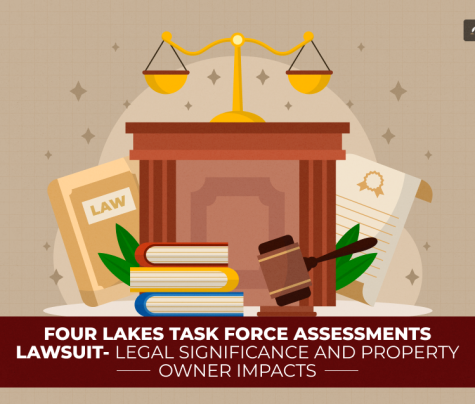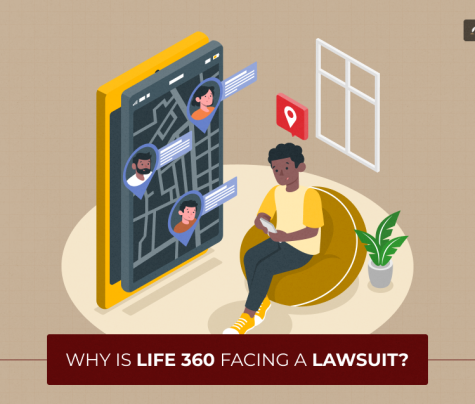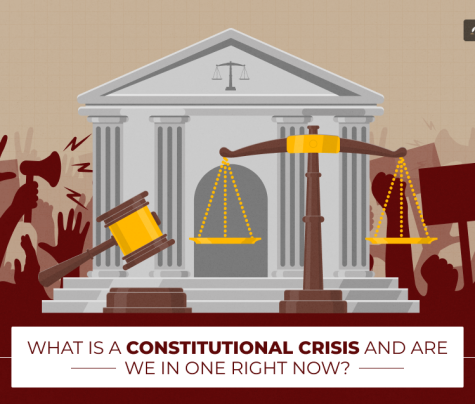
While there is heightened awareness around diversity and inclusion in the workplace, discrimination still occurs today. In 2023, the EEOC (Equal Employment Opportunity Commission) received over 81000 new charges, a 10% increase from the previous year.
For businesses, further care must be taken to prevent these types of cases from emerging. On the other hand, employees should make sure that they are aware of their rights.
Interested in learning more? In this article, we are going to discuss five common examples of discrimination in the workplace.
What Is Workplace Discrimination?
The term is pretty much self-explanatory, but workplace discrimination is more than you think. It is obviously reflected in the unequal and unfair treatment towards a person or a group based on some grounds. Sometimes, the reason is sex, gender, or race, while disability is also the cause of most discrimination.
It can take place between the employer and employees, as well as between co-workers or any other individual inside the business. Workplace discrimination has no value and can simply make the environment negative. Any form of discrimination is illegal and should not be practiced in any workspace, big or small.
5 Workplace Discrimination That Are Commonly Found

Denial to train candidates, stopping promotions, and favoring less talented people, workplace discrimination can come in any form. But how do you discover if you are a sufferer, too?
Here are some common signs of differences one might face in workspaces:
1. Discrimination During Recruitment and Promotion
The hiring process is often the first step where workplace discrimination can be present. From biased job descriptions to unstructured interviews, unfair treatment can occur before you are even accepted into a company.
Additionally, denying a qualified employee promotion is also a major indicator of a toxic work environment. A business that allows personal bias clearly doesn’t foster a positive and accepting culture.
2. Networking Exclusion
Networking is a great way for team members to further their knowledge and connections. Unfortunately, there are instances where certain workers are unable to join in on these discussions.
A business may organize events outside of the office without inviting all employees. This blocks off opportunities for career advancement as well as forming great social connections with others in the office.
3. Harassment and Bullying
Harassment and bullying shouldn’t be tolerated in any work environment. A business that lets it slide will soon find itself with legal woes, poor morale, and a severely damaged reputation.
Strict policies and procedures must be put into place, outlining that any form of harassment will not be accepted. There should also be accessible support systems for victims and swift consequences for the harassers.
4. Microaggressions
Similar to harassment, microaggressions come in many different forms. When added up, they can have a significant impact on an employee’s sense of worth and belonging.
Rude “jokes” and comments, as well as seemingly innocent questions about an individual’s race, gender, sexuality, or socioeconomic background, are just a few examples of microaggressions that can be present within the office. Leaders must have mechanisms in place for employees to report this and then take appropriate action to prevent it from occurring again.
5. Unequal Pay
Despite how many improvements have been made over the years, unequal pay and a gender wage gap still remain prominent problems in many companies. Alongside causing financial issues, it creates concerns right from the beginning of employment.
Things such as transparent salary scales and regular pay audits can help ensure that all applicants receive the correct compensation for their responsibilities. Businesses must also be prepared to negotiate regularly as roles change.
Related: Essential Employment Law Tips For Employers And Employees
How To End Workplace Discrimination?

Most business owners who care about their reputation usually follow sustainable practices to ensure a bias-free workspace. When it comes to promoting harmony in a work setting, every individual is responsible, irrespective of their job role.
Here are a few best practices a workplace must follow to end discrimination:
A. Make Your Employees Aware
First things first, educate your employees enough so that they respect all individuals. Those in the capacity of managers and supervising should develop a habit of unbiasedness. As the superior head, you must ensure people are communicating with each other, and there’s no difference between them. If absolutely needed, conduct awareness programs and trainings every now and then.
B. Curate An Anti-Discrimination Business Policy
The only way to tell every single person that you are intolerant towards discrimination is by stating it in the policy. That’s something every single person goes through. Review the business policy regularly and check whether it’s duly followed or not. Employees who practice discrimination can face serious repercussions as per the policy.
C. Say No To Hiring Biases
Thirdly, check your hiring procedure and remove discrimination possibilities. The hiring department sometimes goes off its limits and practices biasedness when recruiting candidates. Hiring potential candidates should not be related to their race, creed, cast, or color.
There have been instances where disabled people have surpassed the abilities of a normal employee and have performed well.
D. Conduct Inclusive Programs
The human resource department must conduct cultural events and programs where employees can meet and get to know each other better. These events help people to discover their background and create a sense of amicability within the workspace.
Conduct them at intervals of 5-6 months, and keep updating your policy from time to time. This will surely ensure no discrimination within the workplace.
Final Words
As you can see from the above, discrimination in the workplace is more common than you may realize. Fortunately, there is a wide range of support options for both employees and business owners. With careful research and an active approach, we can reduce these numbers and create safe work environments for all.
Every business that dreams of becoming big must undertake discrimination decisions meticulously. A single bad review can tarnish the reputation they have been building for so many years. With that, this comprehensive guide comes to an end. Thank you for reading! Tell us your thoughts on this by commenting below.
Read Also:
- Lawyer Salary Around the World: Where Do Lawyers Earn the MOST?
- How To Choose An Experienced Immigration Attorney
- Law Firms: Embracing Technology For Enhanced Efficiency











0 Reply
No comments yet.